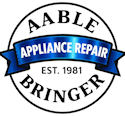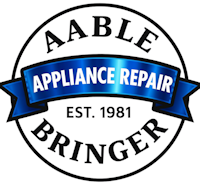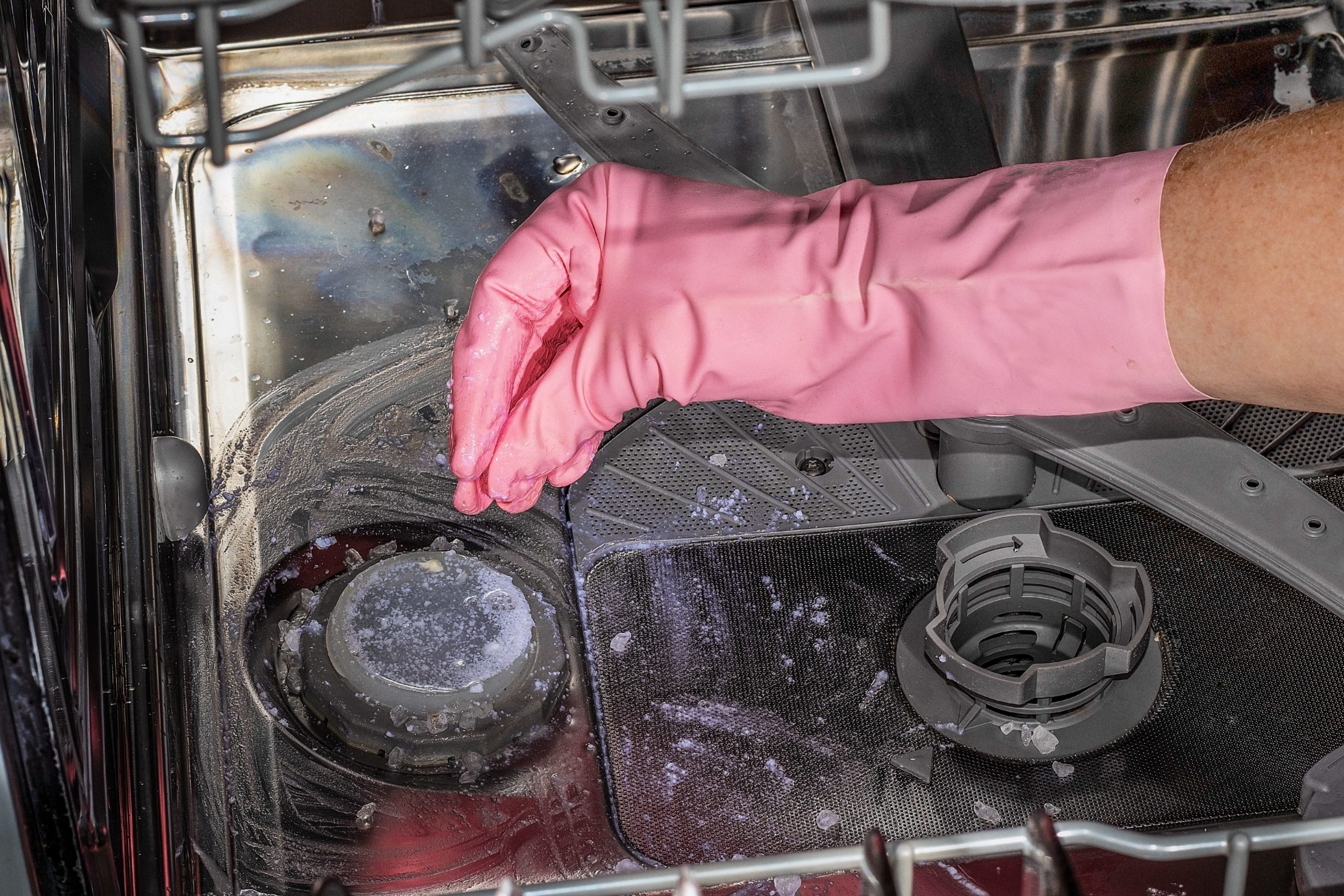Why is my dishwasher not draining? It’s a question many homeowners find themselves asking, often facing a sink full of dirty dishes and a puddle at the bottom of their dishwasher. A dishwasher that won’t drain properly is an inconvenience, leaving your dishes dirty and potentially leading to unpleasant odors.
However, this is a common problem with several possible solutions depending on the cause. In this article, we’ll discuss the common causes of dishwasher drainage issues and provide helpful solutions to get your dishwasher running smoothly again.
Common Causes of Drainage Problems
Before we discuss solutions, it’s essential to understand what can cause your dishwasher to stop draining. It is important to diagnose the exact cause of your situation, as different situations can require different solutions, i.e., distinct dishwasher repairs. Let’s examine some typical culprits.
1. Clogged Drain Hose
A common culprit behind dishwasher drainage issues is a clogged drain hose. Over time, food particles, grease, and soap scum can accumulate in the hose. This creates a blockage that prevents water from flowing out.
A telltale sign is a slow-draining dishwasher. You can try disconnecting the hose and flushing it with hot water to dislodge the clog. If the hose is severely clogged or damaged, it’s best to replace it entirely.
2. Faulty Drain Pump
The drain pump is responsible for pushing water out of the dishwasher. If the pump fails or becomes clogged, water will remain in the bottom of the dishwasher, even after a complete cycle.
Testing the pump requires some electrical know-how. If you suspect an issue with the drain pump, consult your owner’s manual or seek help from a qualified technician.
3. Blocked Air Gap
Some dishwashers, especially those installed with garbage disposals, are equipped with an air gap device. The air gap prevents contaminated water from backing up into your dishwasher, ensuring that only clean water is used during the wash cycle.
However, just like the drain hose, the air gap can get clogged with debris. You’ll need to locate the air gap, which is usually a small cylindrical device installed on the countertop or sink near your faucet. Remove the cover, clean out any gunk you find with a small brush, and reassemble.
4. Garbage Disposal Issues
Why is my dishwasher not draining? Sometimes, the problem lies outside the dishwasher itself. Many dishwashers share a drain line with the garbage disposal. A garbage disposal blockage can affect your dishwasher’s ability to drain properly, leading to backups.
Before you start dismantling your dishwasher, ensure your garbage disposal is functioning correctly. You might need to call in a professional if you suspect the disposal needs repairs. Sometimes, simply running the disposal can dislodge the clog. Make sure your disposal is clear by running it before starting your dishwasher.
Effective Solutions for Draining
Now that you have a better understanding of potential causes let’s explore some solutions to get your dishwasher draining properly again. Remember to always prioritize safety by disconnecting the power and water supply before attempting any repairs.
1. Check and Clean the Drain Hose
Inspecting the drain hose is a good starting point if your dishwasher isn’t draining. Turn off the dishwasher’s power and water supply before you begin any work.
Locate the drain hose, which is usually connected under the sink. It should be connected at the top of the dishwasher tub and run to either the garbage disposal or the sink drainpipe.
Disconnect the hose and examine it for any visible blockages. You can try dislodging a clog by flushing the hose with hot water or using a plumbing snake. If the hose shows signs of cracking or damage, replacing it is a better idea.
2. Inspect and Repair/Replace the Drain Pump
Accessing the dishwasher drain pump involves removing panels from your dishwasher. There’s usually a cover on the underside of the dishwasher that you can remove to access the pump. However, if your drain pump is clogged, clean it carefully.
Sometimes, a failing dishwasher drain pump requires professional attention, and replacing a dishwasher pump yourself can be challenging. If the pump is defective or damaged, replacing it may be necessary.
3. Address Garbage Disposal Malfunctions
If your dishwasher is hooked up to a garbage disposal, run the disposal to see if it clears any minor clogs. It’s best to consult a qualified plumber if you suspect a more serious problem at your disposal.
Regular cleaning and proper use can prevent future issues. For instance, running the disposal before using the dishwasher can help prevent food from getting stuck. And remember, don’t treat your garbage disposal like a trash can. Large, hard, or fibrous food items should be disposed of elsewhere.
4. Remove Standing Water
Before working on any dishwasher repairs, you’ll want to remove standing water. Standing water is not only a sign that something’s amiss, but it’s also an open invitation for mold and mildew. If there’s already a significant amount of water sitting in the bottom, you’ll need to manually remove it before troubleshooting further.
Frequently Asked Questions
Drain Your Dishwasher Today!
A dishwasher not draining can disrupt your daily routine. Don’t hesitate to call a professional technician for dishwashers in Louisville, KY, for a swift experience. We can diagnose and resolve the problem effectively, ensuring your dishwasher functions optimally for years to come.
Reach out to Bringer Appliance to have your dishwasher drained ASAP!



